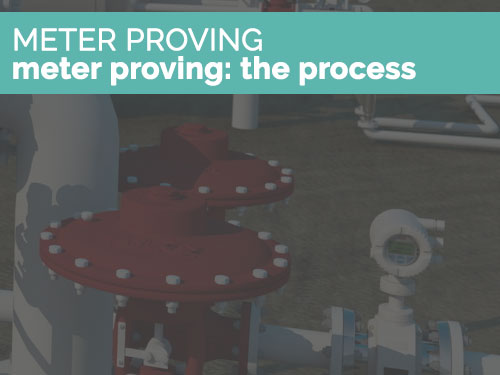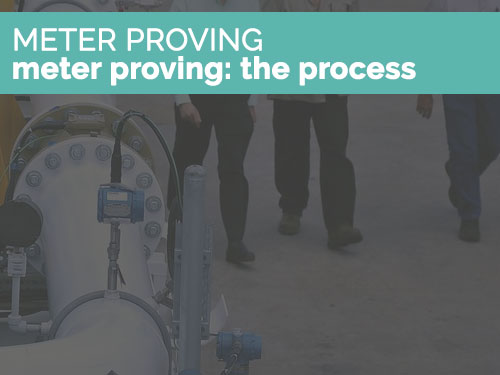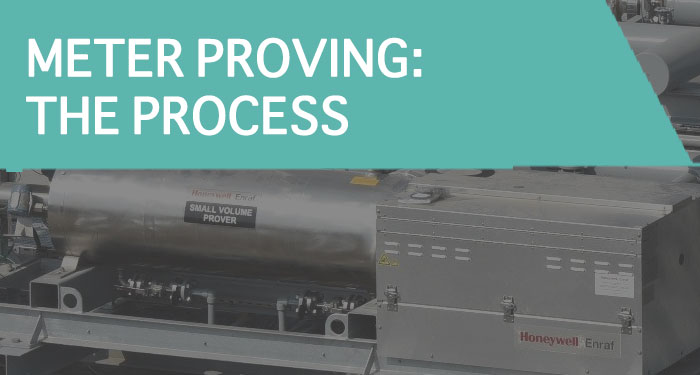Now it’s important to note that whilst meter proving and meter testing could appear as though they are the same thing, they’re not and the dissimilarities are vital to end up being aware of also.
Meter Proving is a straight forward testing that confirms the overall performance from a meter. Each and every meter is unique yet, for that reason whenever meter proving is completed one could anticipate assorted results whilst employing a variety of techniques of testing. For instance, a gas meter prover assesses the accuracy for gas meters. Numerous meter provers always check their received data versus a set spectrum as outlined inside of their guides.

Meter proving is a method for identifying a rectification point (i.e. a meter factor) to modify the gauged levels for discrepancies because of setup and operational impact. Once the data files has-been collected from the meter proving professional, he/she then contrasts that data to national meteorology data regularly available through institutions similar to the National Institute for Standards and technologies. A typical proving is done for fluid gas and oftentimes along pipelines. Unique prover connectivity are necessary right at the metering station enabling simultaneous measurement of the fluid in the two devices.
Even while meter testing has existed in excess of a century the unchanging standard can possibly be the same presently as it did all the years before in this industry. As a result this makes testing by way of this method is at risk to various different variants and insecurities.
A gas meter prover is an instrument that verifies the accuracy and reliability of a gas meter. Provers are usually made use of in gas meter repair businesses, domestic gas meter shops, energy services companies and public works service centers. The task of a meter prover is almost always to essentially pass a specific amount of air through the meter and examining that versus the meter’s private register. After that the prover analyzes the percentage of air transported through the meter together with the air assessed from the meter itself.
A bell prover frequently is made of a upright inner tank in the middle of an outer shell. A space among the tank that is inner outside shell is filled up with a sealing  liquid, often oil. An upside down tank, called the bell, is situated over the tank that is inner. An air-tight seal is provided by the fluid seal. Bell provers are usually counterweighted to supply pressure that is positive to a hose and valve linked to a meter. Usually casters or guides are installed on the moving part of the bell which allows for smooth linear movement without the potential for unmeasurable pressure level differentials as a consequence of the bell rocking back or forth.
liquid, often oil. An upside down tank, called the bell, is situated over the tank that is inner. An air-tight seal is provided by the fluid seal. Bell provers are usually counterweighted to supply pressure that is positive to a hose and valve linked to a meter. Usually casters or guides are installed on the moving part of the bell which allows for smooth linear movement without the potential for unmeasurable pressure level differentials as a consequence of the bell rocking back or forth.
There are a number of unique aspects of consideration anytime meter testing is making use of bells. Items like air pressure level, temperature and certainly the dimensions of the bell size itself. And here is the simple fact, bell scales are created for a individual bell and could be made use of on another. Whenever proving a meter employing a manually handled bell, an operator must first fill the bell with a controlled air source or raise it manually by opening up a valve and tugging a chained mechanism, seal the bell and meter and check the sealed system for leaks, determine the flow rate required for the meter, setup a specialized flow-rate cap on the meter outlet, take note of the starting points of equally the bell scale and meter index, release the bell valve to pass air through the meter, monitor the meter index and evaluate the time required to move the fixed amount of air, then manually determine the meter’s proof accountancy for bell air and meter temperatures and in certain instances Some other environment considerations.
A great place to reference Canadian meter standards is Measurement Canada’s own website located here – https://www.ic.gc.ca/eic/site/mc-mc.nsf/eng/lm00177.html
Automation has now been achieved with the advent of programmable logic controllers or PLCs. This is attained from computerized methods of raising and lowering the bell prover. Every one of the automatic techniques are served by serving relevant data into a computer to display the outcomes. As early as the 90s, computers and PAC (Programmable Automated Controls) had been used. Sensors to read the index of a meter had been incorporated to further automate the process, removing a great deal of the human error linked with manual bell provers.
As it is well known, technologies is in a continual rate and improving every day. Now we have the means to test flow rates with precision never before seen by employing vacuum provers. This also not only is an advancement in full automation but also savings as it eliminates the need for a bell given testing is done through nozzles and pipes. When adequate vacuum is applied to a sonic nozzle it creates a constant flow rate. Bernoulli’s principle is applied to calculate the chosen flow rates chosen by the user or automatic by a computer. The best part about making use of digital computerized systems in proving is that live data might be received and transmitted across an in house network allowing dynamic analyzation of live data.
In closing we’d like to thank Harvest Oilfield Services, a Grande Prairie Turnaround & Shutdown energy services company, for their part in contributing to this highly technical article.

